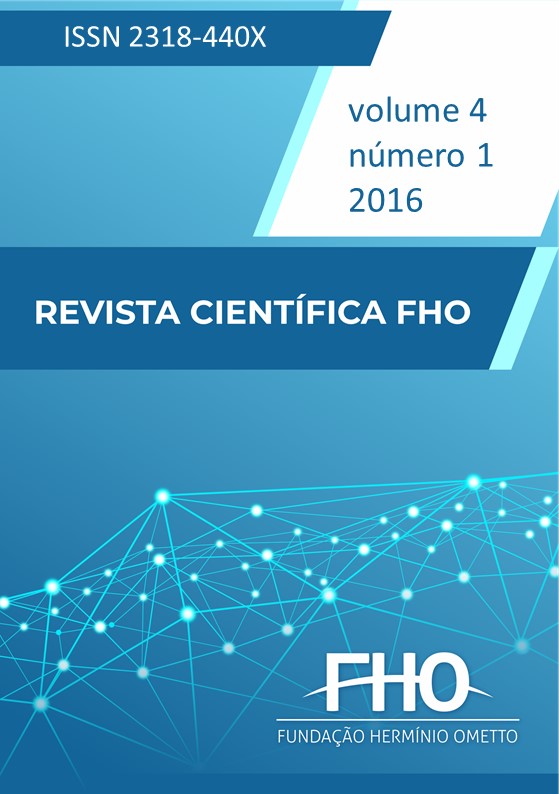Abstract
Alternative methods have been used for years as a form of treatment of physical diseases, and among them is foot reflexology, which consists of the study of the connection of nerve plexuses located in the feet with organs, systems and emotional states. The objective of this work is to describe, through literature review, the pathogenesis and main causes of gastritis, highlighting the benefits that reflexotherapy can generate in individuals affected by this disease. Scientific studies point to disorders and gastrointestinal diseases as reasons for the search for reflexotherapy as a form of treatment, especially when related to stress and other emotional changes. The treatment of gastritis should not be considered in isolation, and an evaluation of the patient is necessary to define the causes involved with the stomach problem, helping in the selection of the target points for reflexotherapy, in order to improve the functioning of the affected organ, relaxing hyperstimulated areas and functions and rebalancing the
organism as a whole. Gastritis can be detected by the presence of a hardened or sensitive part just below the skin in the reflex zone corresponding to the stomach. The stimulation of this area, the anti-inflammatory areas and the solar plexus, involving the adrenal reflex points and kidneys, as well as the liver, is indicated. The effect on the use of foot reflexology in the treatment of diseases or pain is positive and is recommended to complement other treatment, treat symptoms withoutdiagnosis, prevent diseases or even diagnose any dysfunction in the body. It is necessary to carry out scientific studies aimed at describing the mechanism of action of this technique in the treatment of gastritis so that it is increasingly accepted by the population in general and by oriental medicine, so that it can be made accessible through the health system.
References
BORDES, M. “Esto de ‘alternativo’ no tiene nada”. La construcción de la razonabilidad del uso de una medicina no-convencional desde la perspectiva de sus usuarios en Buenos Aires, Argentina. Physis: Revista de Saúde Coletiva, Rio de Janeiro, v. 25, n. 4, p. 1229-1249, 2015.
COELHO, C. L. S.; ÁVILA, L. A. Controvérsias sobre a somatização. Revista de Psiquiatria Clínica, São Paulo, v. 34, n. 6, p. 278-284, 2007.
FONTANELLA, F. et al. Conhecimento, acesso e aceitação das práticas integrativas e complementares em saúde por uma comunidade usuária do Sistema Único de Saúde na cidade de Tubarão/SC. Arquivos Catarinenses de Medicina, v. 36, n. 2, p. 69-74, 2007.
GILLANDERS, A. O guia familiar para reflexologia. São Paulo: Editora Manole Ltda, 1999.
GUYTON, A. C.; HALL, J. E. Tratado de fisiologia médica. 10. ed. Rio de Janeiro: Guanabara Koogan, 2002.
KÜLKAMP, I. C. et al. Aceitação de práticas nãoconvencionais em saúde por estudantes de medicina da Universidade do Sul de Santa Catarina. Revista Brasileira de Educação Médica, Santa Caratina, v. 31, n. 3, p. 229-235, 2007.
LAZZARO, C. D. S.; ÁVILA, L. A. Somatização na prática médica. Arquivos de Ciências da Saúde, São José do Rio Preto, v. 11, n. 2, p. 1-5, 2011.
LIPOWSK, Z. J. Somatization: the concept and its clinical application. The American Journal of Psychiatry, v. 145, n. 11, p. 1358-1368, 1988.
LOURENÇO, O. T. Reflexologia podal – Primeiros socorros e técnicas de relaxamento. 5. ed. São Paulo: Ground, 2011.
MORENO, M. T. N; ARAUJO, C. A. Emoções de raiva associadas à gastrite e esofagite. Mudanças – Pisicologia da Saúde, v. 13, n. 1, p. 30-58, 2005.
NICOLA, H. Reflexologia: guia prático. São Paulo: Callis, 1997.
KUMMAR, V.; ABBAS, A. R.; FAUSTO, N. Robbins e Cotran: bases patológicas das doenças. Rio de Janeiro: Elsevier, 2005.
ROCHA JR., J. R. et al. O sistema digestório e as emoções. Cadernos de graduação – Ciências Biológicas e da Saúde Fits, Maceió, v. 1, n. 2, p. 97-110, 2013.
SILVA, N. C. M. et al. Reflexologia podal no comprometimento dos pés de pessoas com diabetes mellitus tipo 2: ensaio randomizado. Revista Latino-americana de Enfermagem, São Paulo, v. 23, n. 4, p. 603-610, 2015.
SINGI, G. Fisiologa dinâmica. São Paulo: Atheneu, 2001.
TASHIRO, M. T. O. et al. Novas tendências terapêuticas de Enfermagem – terapias naturais – Programa de atendimento. Revista Brasileira de Enfermagem, Brasília, v. 54, n. 4, p. 658-667, 2001.
TÓFOLI, L. F.; ANDRADE, L. H.; FORTES, S. Somatização na América Latina: uma revisão sobre a classificação de transtornos somatoformes, síndromes funcionais e sintomas sem explicação médica. Revista Brasileira de Psiquiatria, São Paulo, v. 33, supl. I, 2011.
WEN, H. X.; KUABARA, M. Reflexologia podal. São Paulo: Ícone, 2010.

This work is licensed under a Creative Commons Attribution-NonCommercial 4.0 International License.
Copyright (c) 2016 Elizangela Beatriz Rossi; Thaís Helena Bortolucci; Daisy Cristina Borges da Hora
